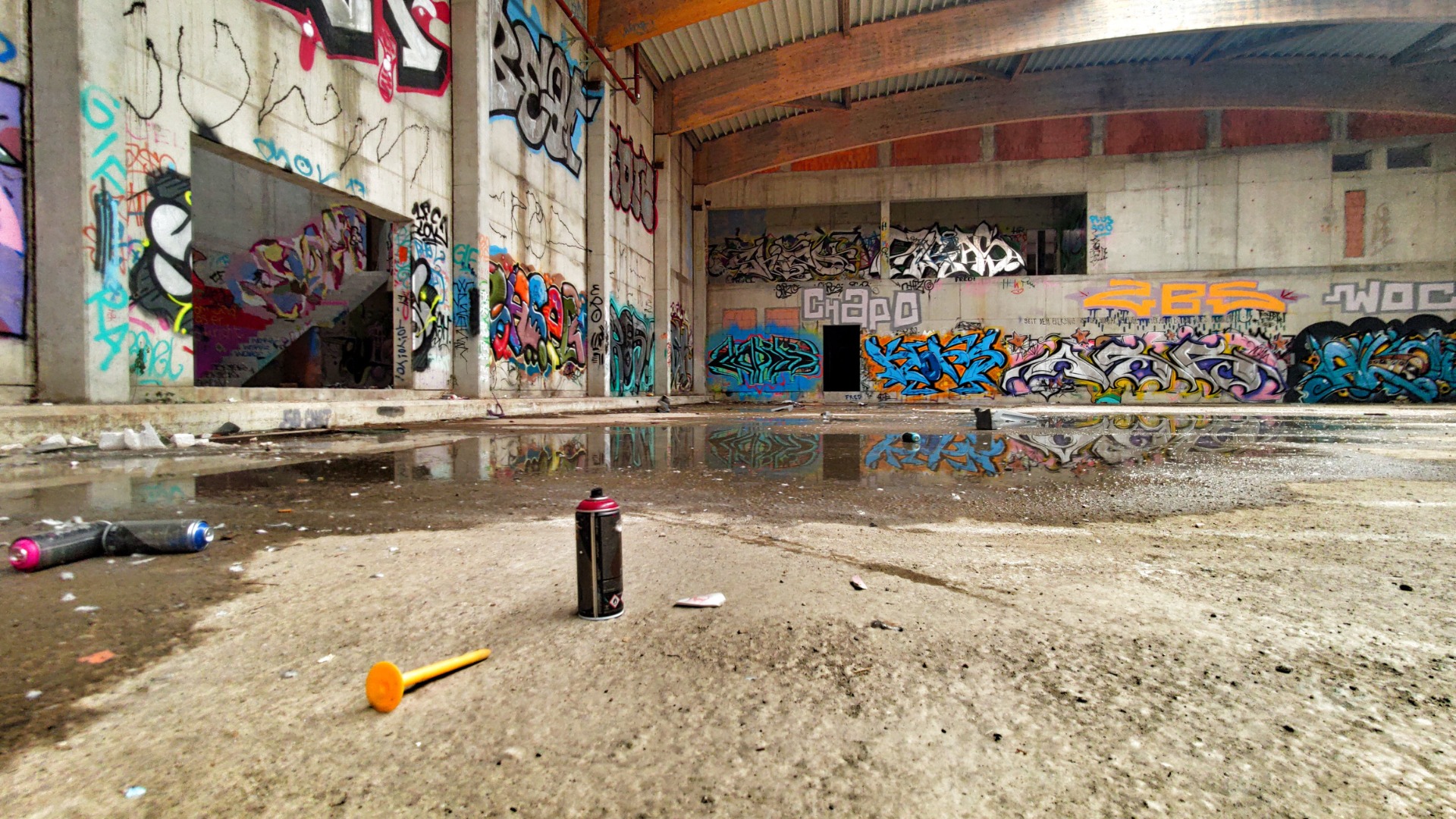Germany - once the proud nation of high-tech industry and global-exporting factories - now finds itself fringed by tales of what might have been: abandoned innovation parks, ruined industrial halls, and ambitious visions lost to decay. Nowhere is this transformation more vivid than at the "Sportparadies" in Halle, a monument to big dreams and bigger disappointments.
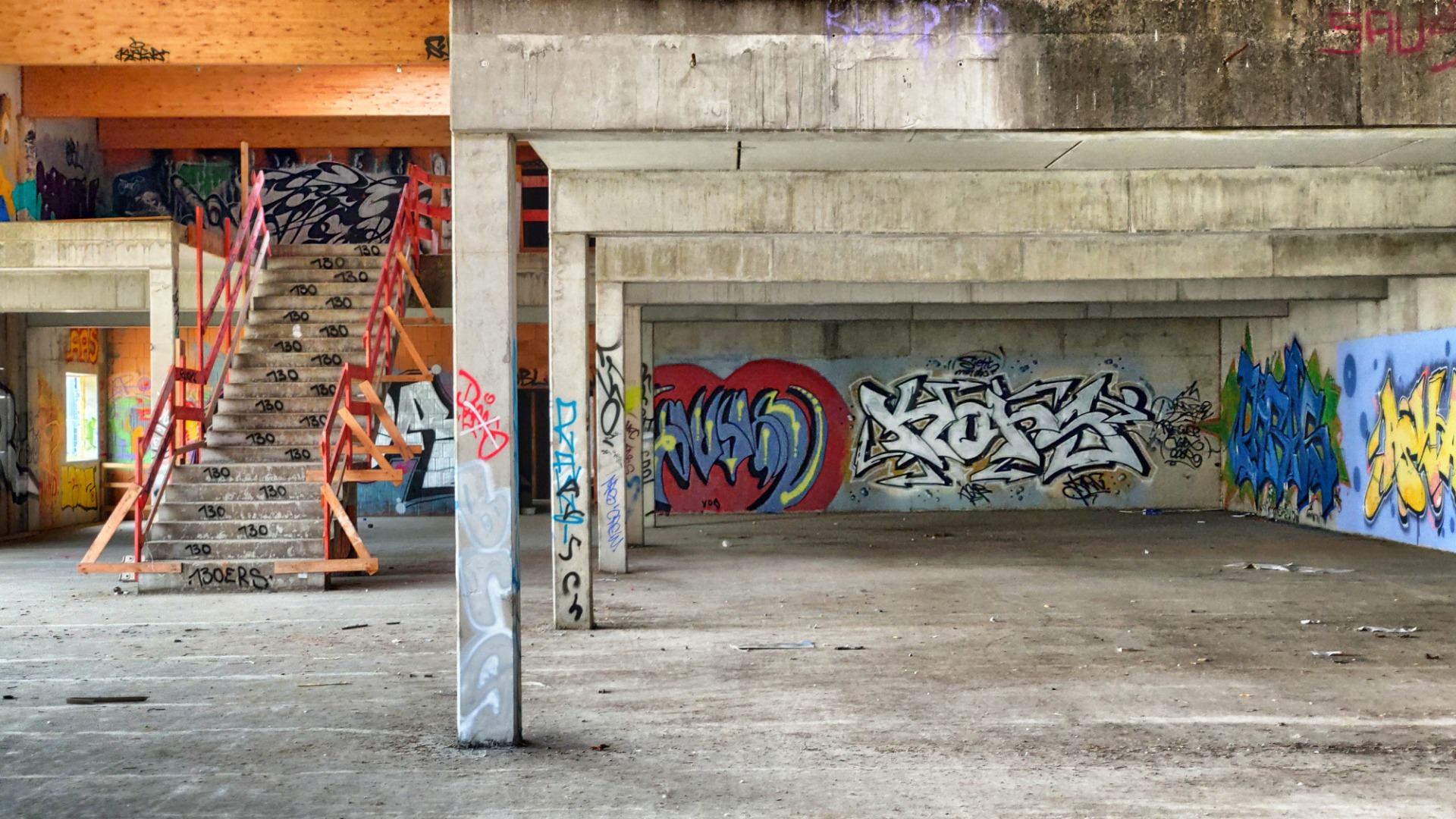
It was to be East Germany’s largest, most modern sports complex: twelve years in planning, thirty million euros invested, all set to transform the site of the historic Most chocolate factory into a bustling hub for football, climbing, tennis, and leisure.
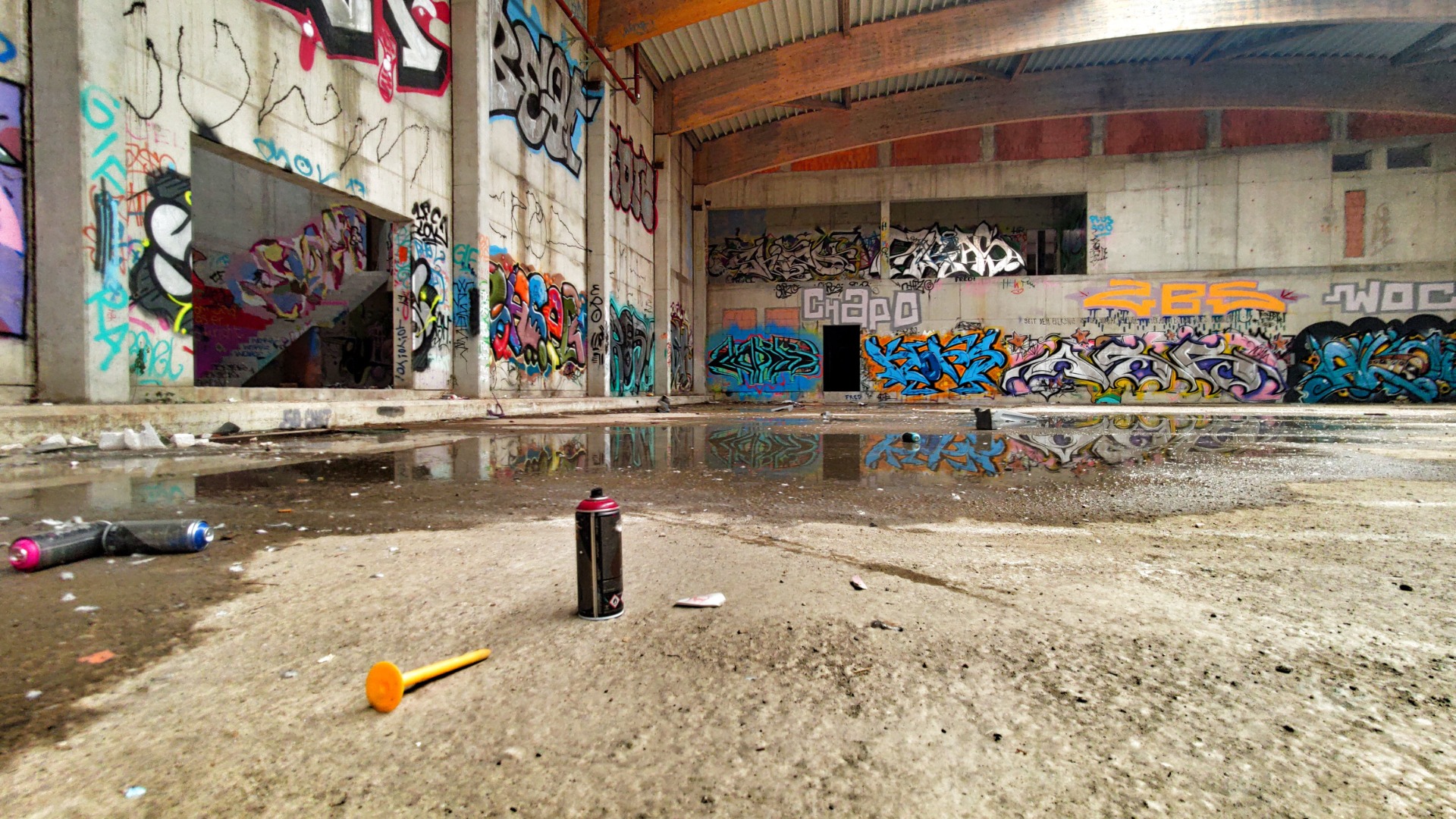
30 million Euros wasted
Twelve years of construction, a cost of 30 million euros – the "Sports Paradise" was supposed to be the largest and most modern sports facility in Eastern Germany. But even before completion, demolition began on the gigantic building, which was most recently used as a gallery by graffiti artists. Now a residential area is being built here.
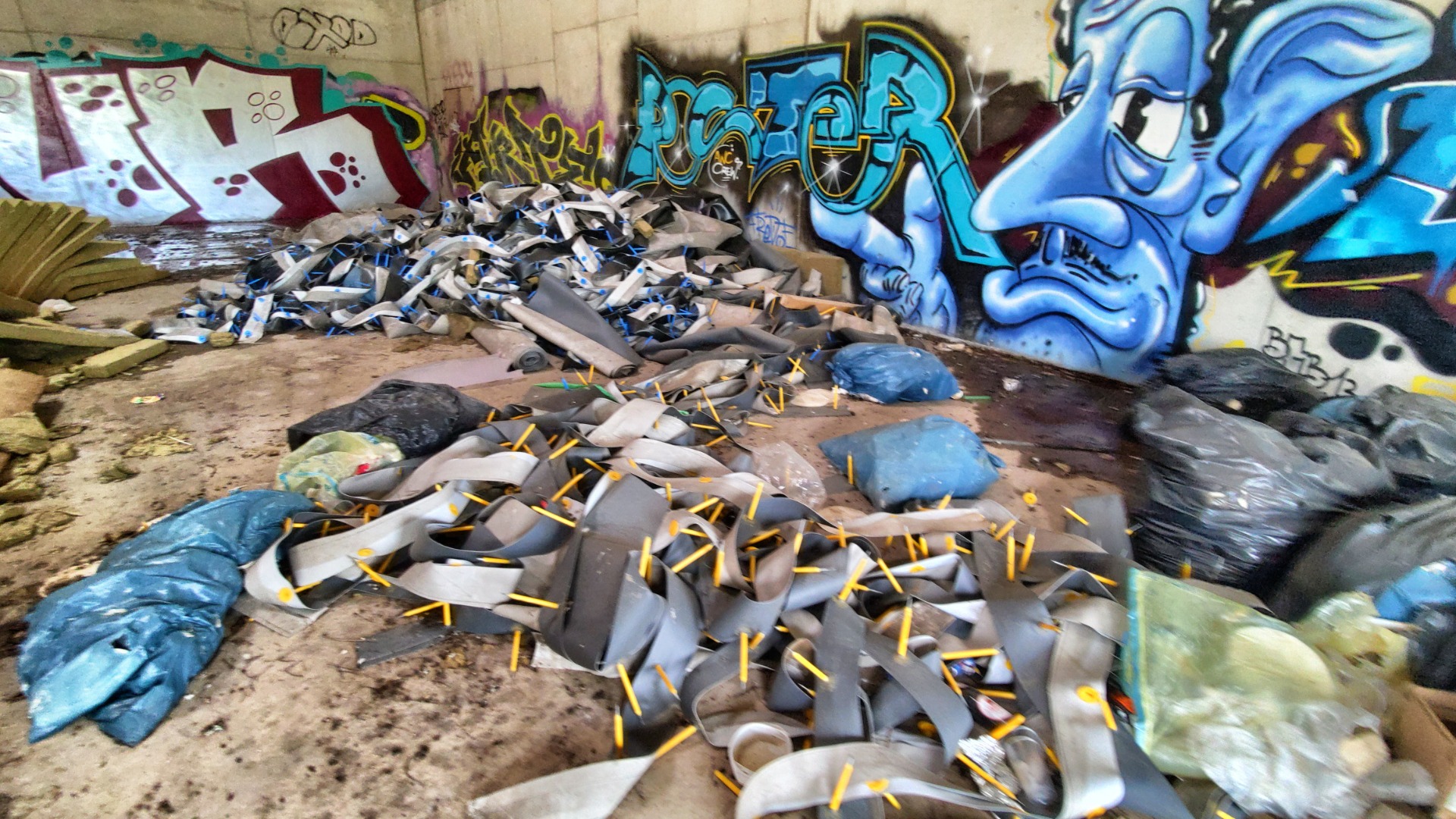
The concrete still smells almost fresh, and the wide staircases don't even have railings. Pigeons flutter through the endless halls of the Sports Paradise on Böllberger Weg in Halle. Rain drips through the roof onto the cement floor, and moss grows where it's both moist and sunny enough.
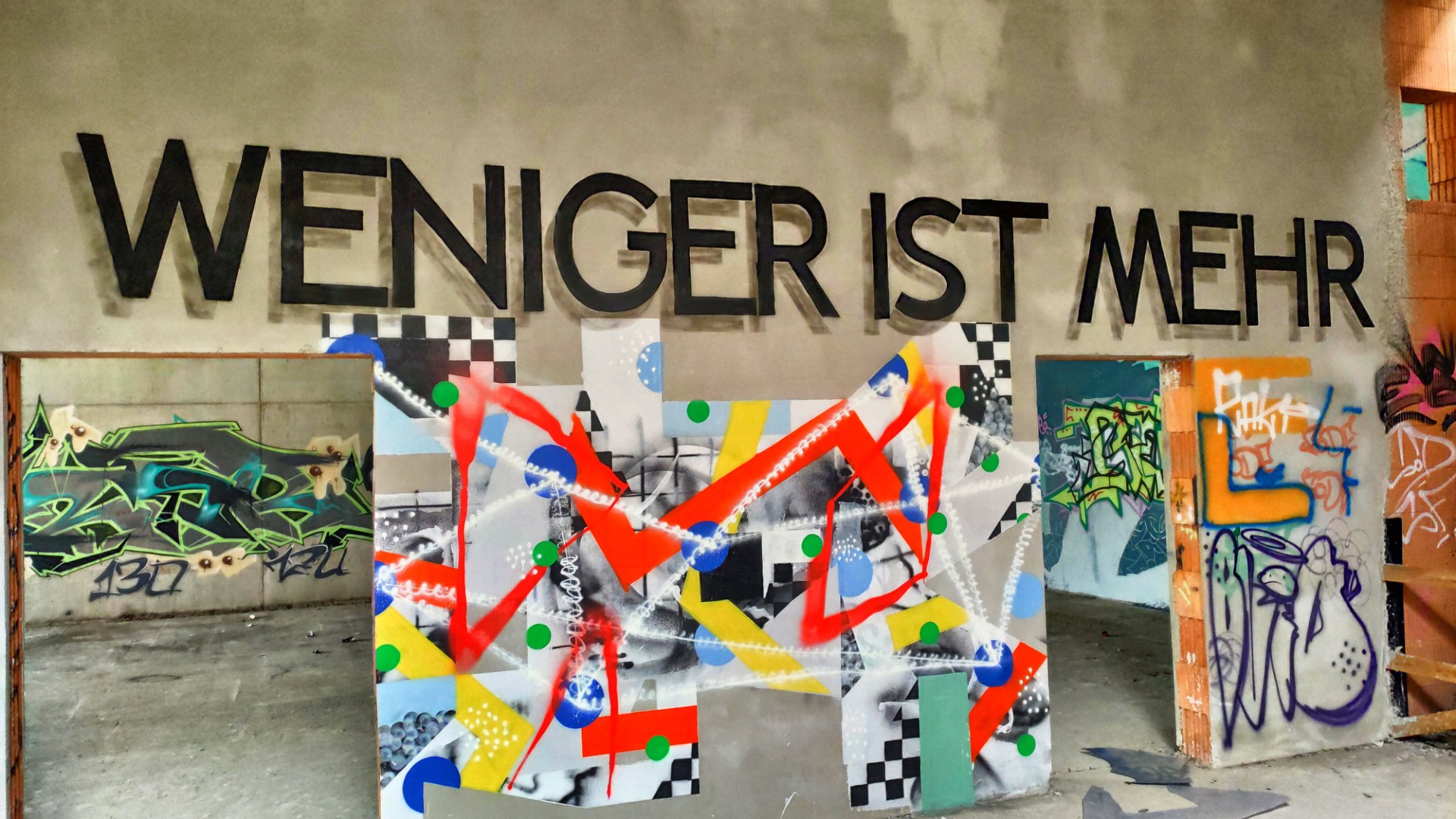
A giant complex
When the excavators take a break, silence falls over the spacious halls that were supposed to house soccer and tennis courts, as well as climbing walls, squash courts, cafés and a beer garden, restrooms, offices, and rooms for rehabilitation sports.
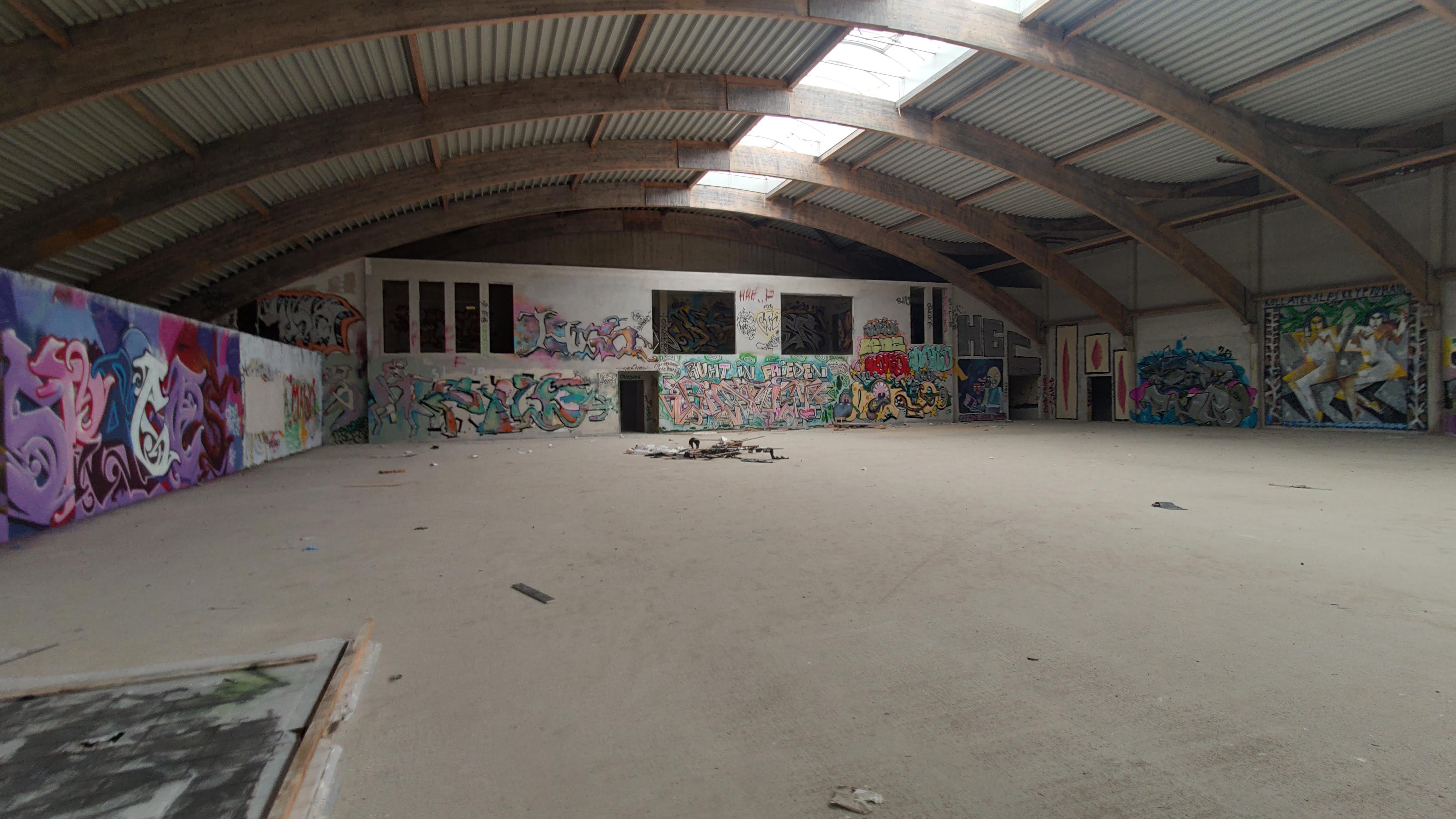
But the planned sports world exists only on paper – instead, silent witnesses to history stand here, unused and without monument protection.Thirteen years ago, Leipzig entrepreneur Holm Lischewski began construction of the mammoth facility. It was intended to be not only Saxony-Anhalt's largest indoor sports complex, but also the largest facility of its kind in the former GDR.
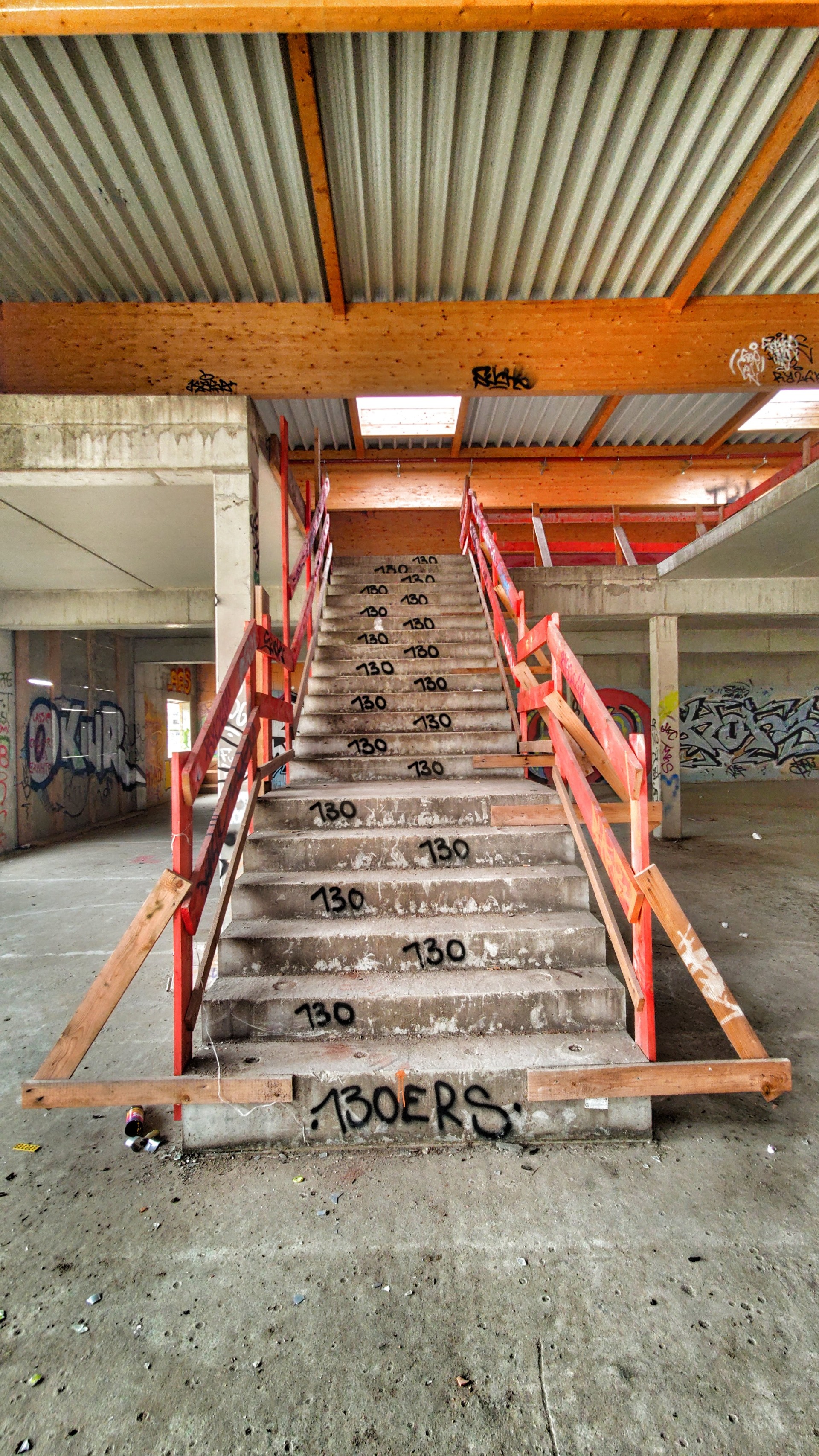
Once a chocolate plant
A Halle native and pharmacist by profession, the Lischewski was building on historic ground: At the end of the 19th century, Bernhard Most had established his "steam chocolate and honey cake factory" here at the junction of the Elisabeth Saale River. By 1935, the gingerbread baker already owned 165 shops throughout Germany – Halle was home to the country's largest chocolate empire.
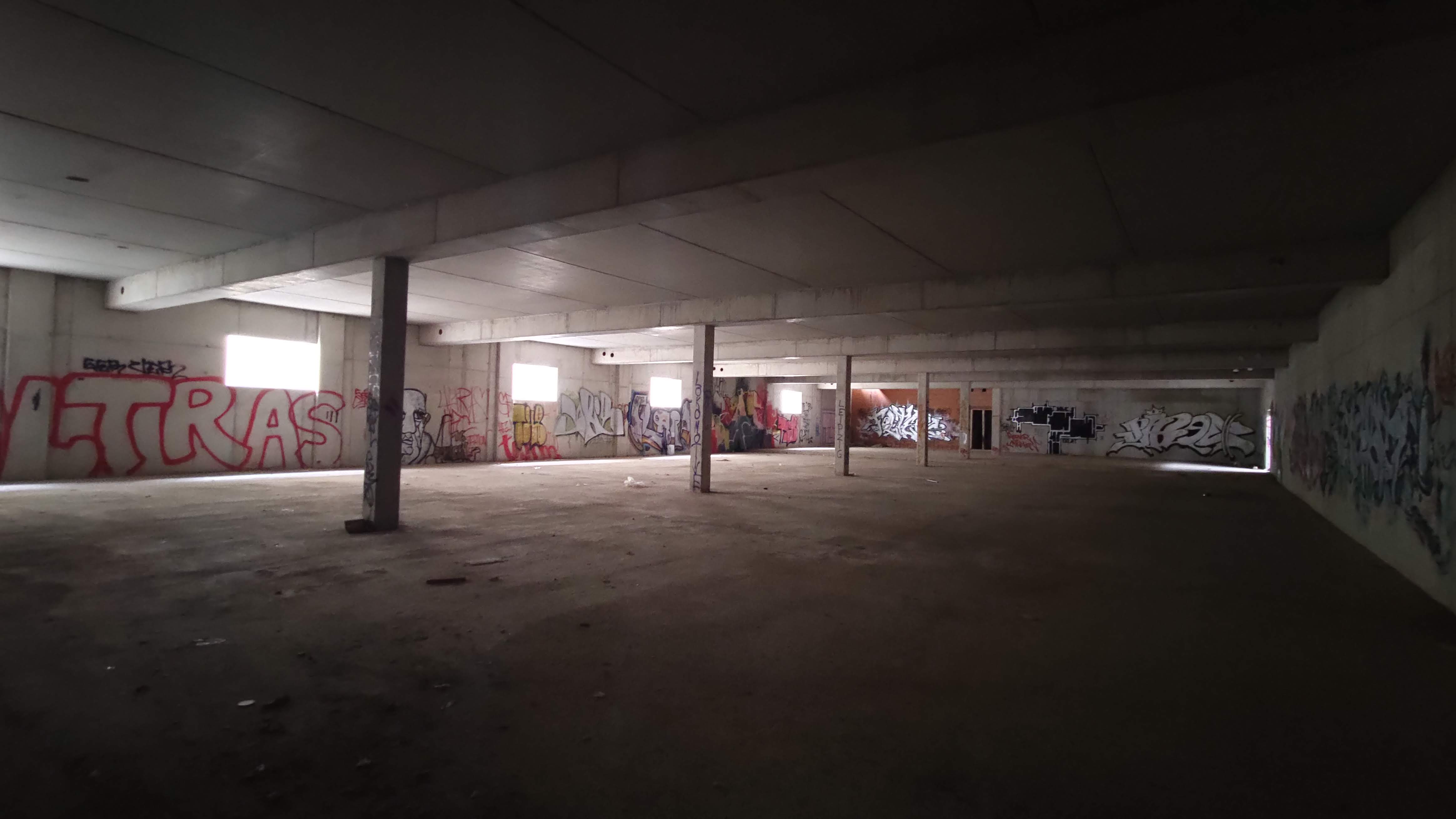
The success story came to an abrupt end during World War II.
Most was forced to switch to war-critical products; the factory was severely damaged in bombing raids and expropriated after the war. The family fled to the West, and the business was transferred to the VEB Confectionery Combine.
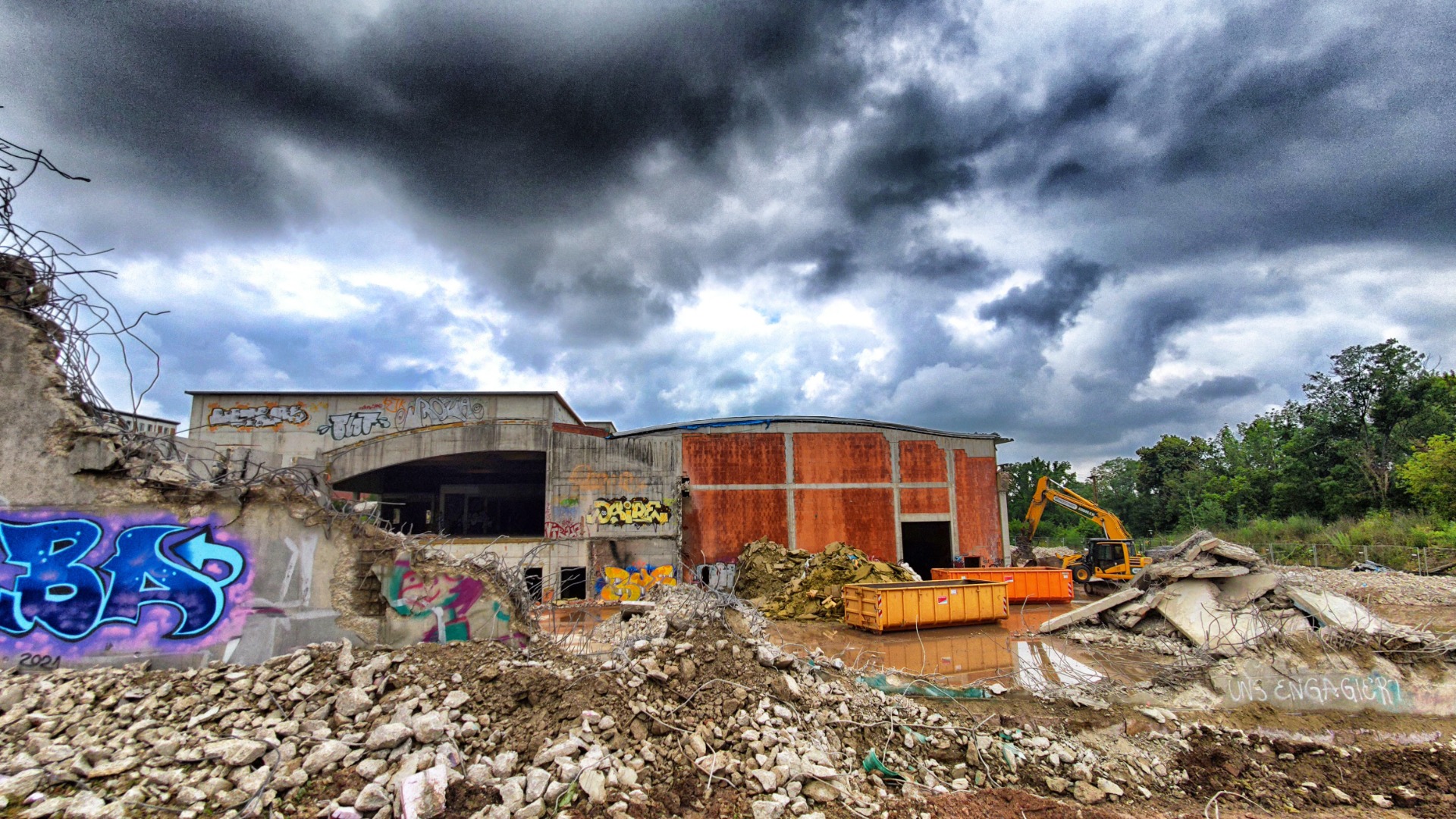
A fall into dispair
Later, a subsidiary of the chemical Buna-Werke moved into the buildings, producing plastic wallpaper, pipes, gutters, and floor coverings. After reunification, the company was unable to survive – Most's imposing brick building fell into disrepair, becoming a ruin nestled between the city and the Saale River.
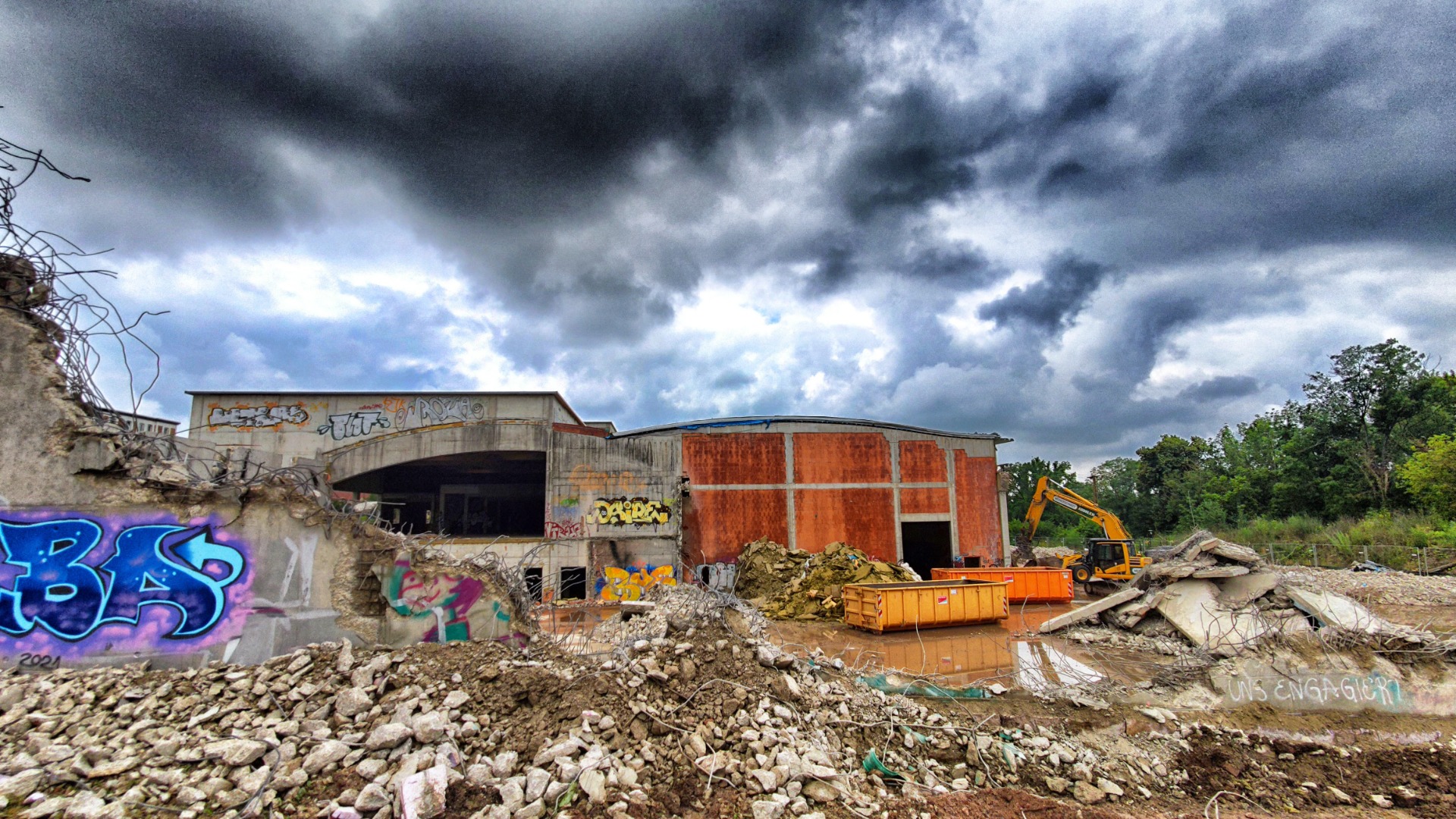
When Lischewski finally presented his "Böllberg Sports Center" project – 180 meters long, 65 meters wide, almost the size of two football fields – enthusiasm was initially muted. The development plan was approved after lengthy discussions, but the investor faced constraints: the protection of resident bats in the historic cellar vaults and the elaborate facade design delayed the start. When construction could finally begin, the global financial crisis struck.
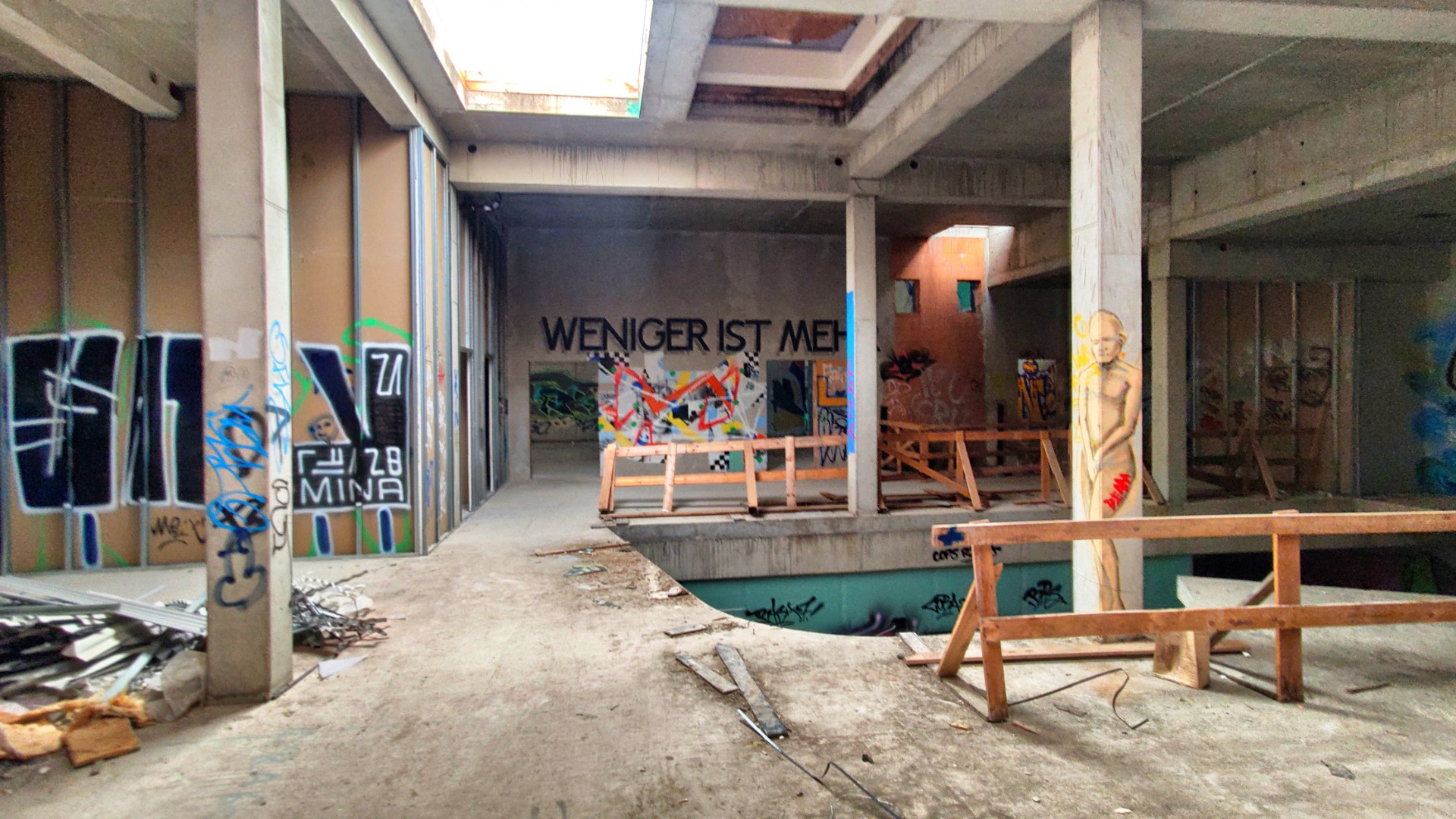
A tragedy
It took five years to build the halls and close the roof – construction progressed only slowly. When the shell was finally finished, the project threatened to rival Berlin's airport in terms of construction time. Costs had since exploded from the originally estimated 10 million euros to at least 30 million euros. Shortly before the planned opening, the financing dried up. The bats were saved – but Lischewski's dream was over.
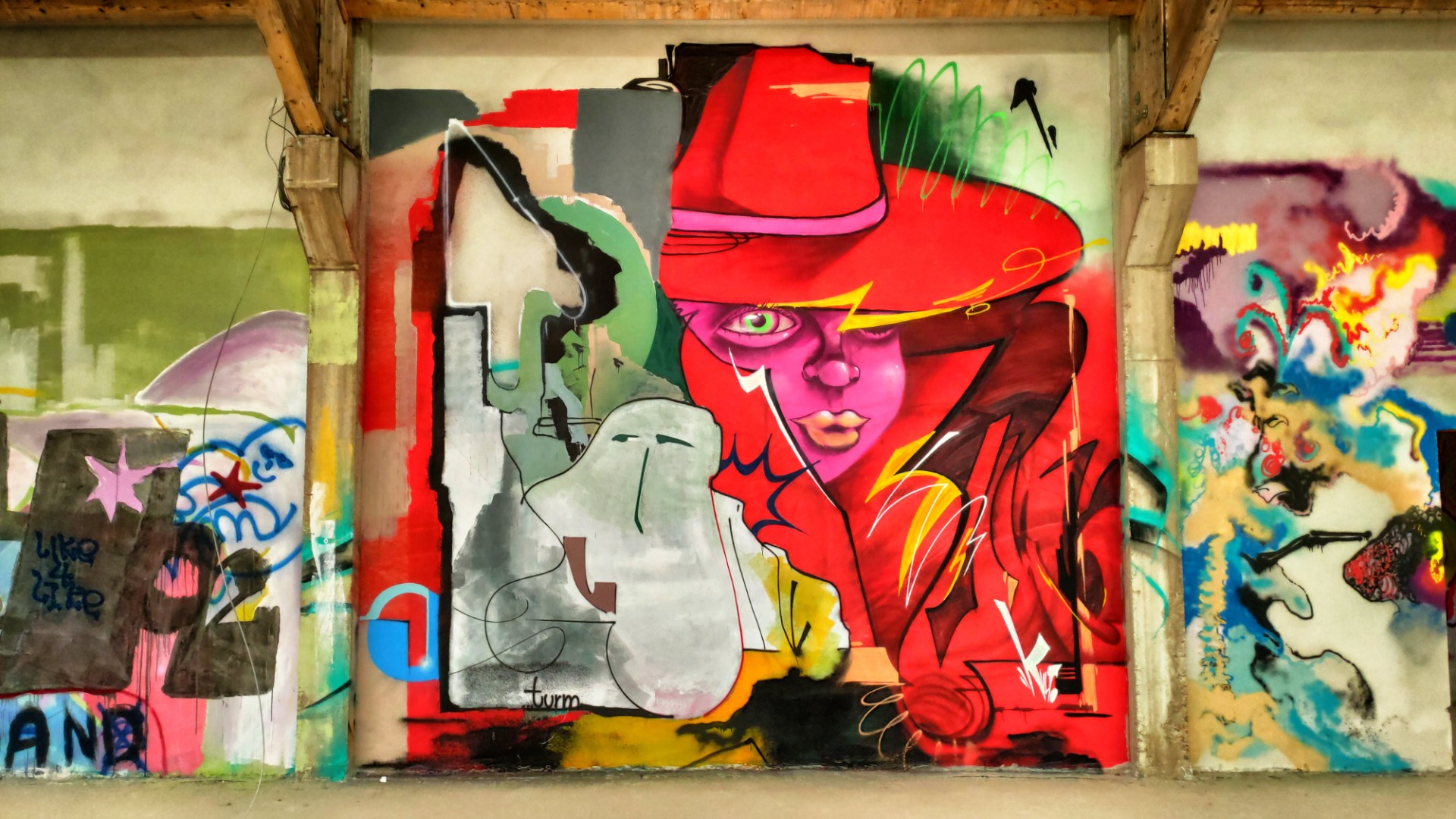
The industrial wasteland was no longer considered a bothersome leftover area, but a desirable building site for inner-city housing. The end of the sports paradise came faster than its beginning: Ten years after the project began, excavators were working on demolition.
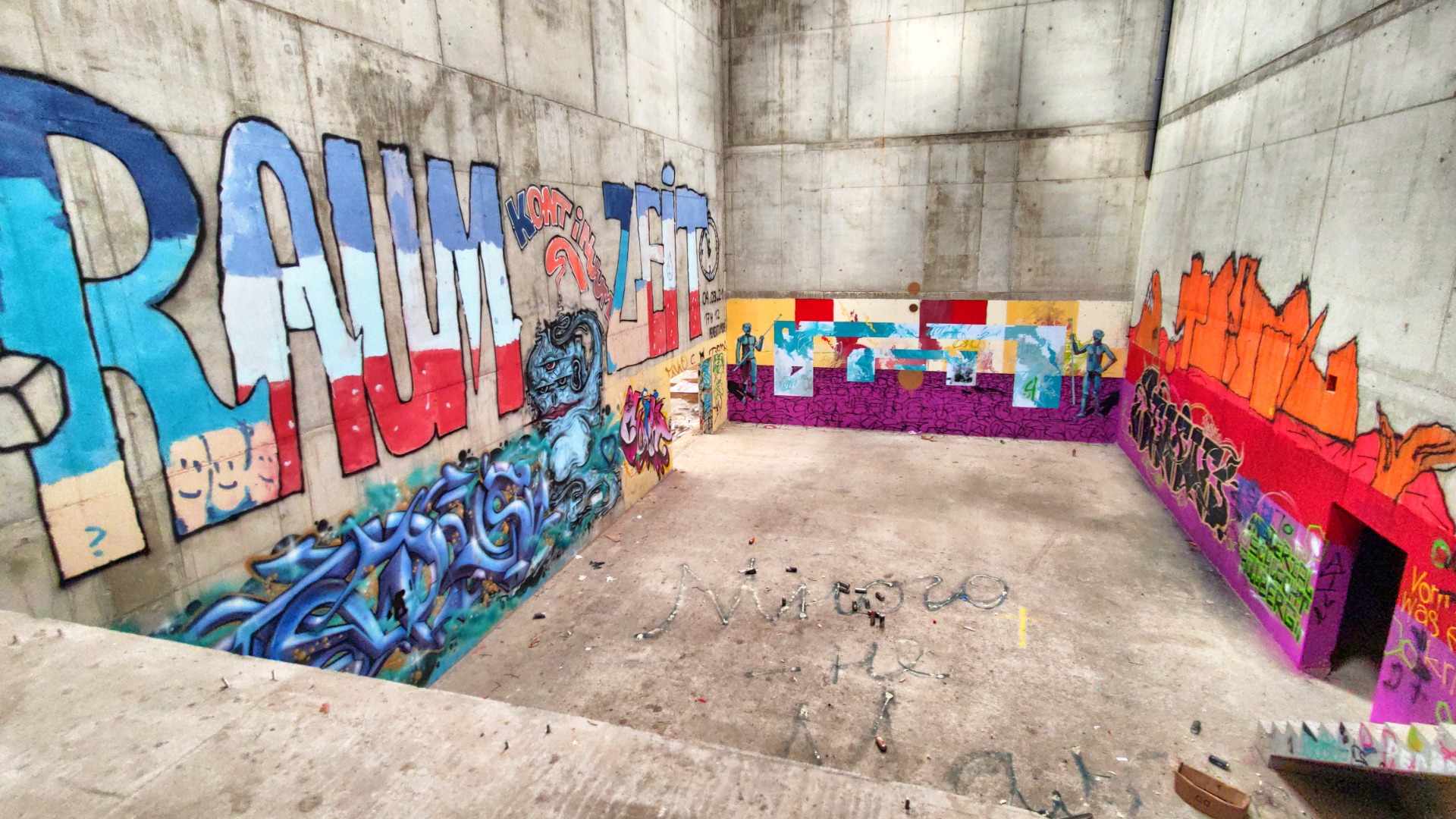
A short term Gallery
For a short time, graffiti artists used the impressive halls as a colorful gallery – a final flourishing before craftsmen removed the recently installed windows. The new investor initially planned to demolish only parts, but then decided on complete demolition. Today, the excavators are nibbling away at the outer walls of the "short-term gallery."
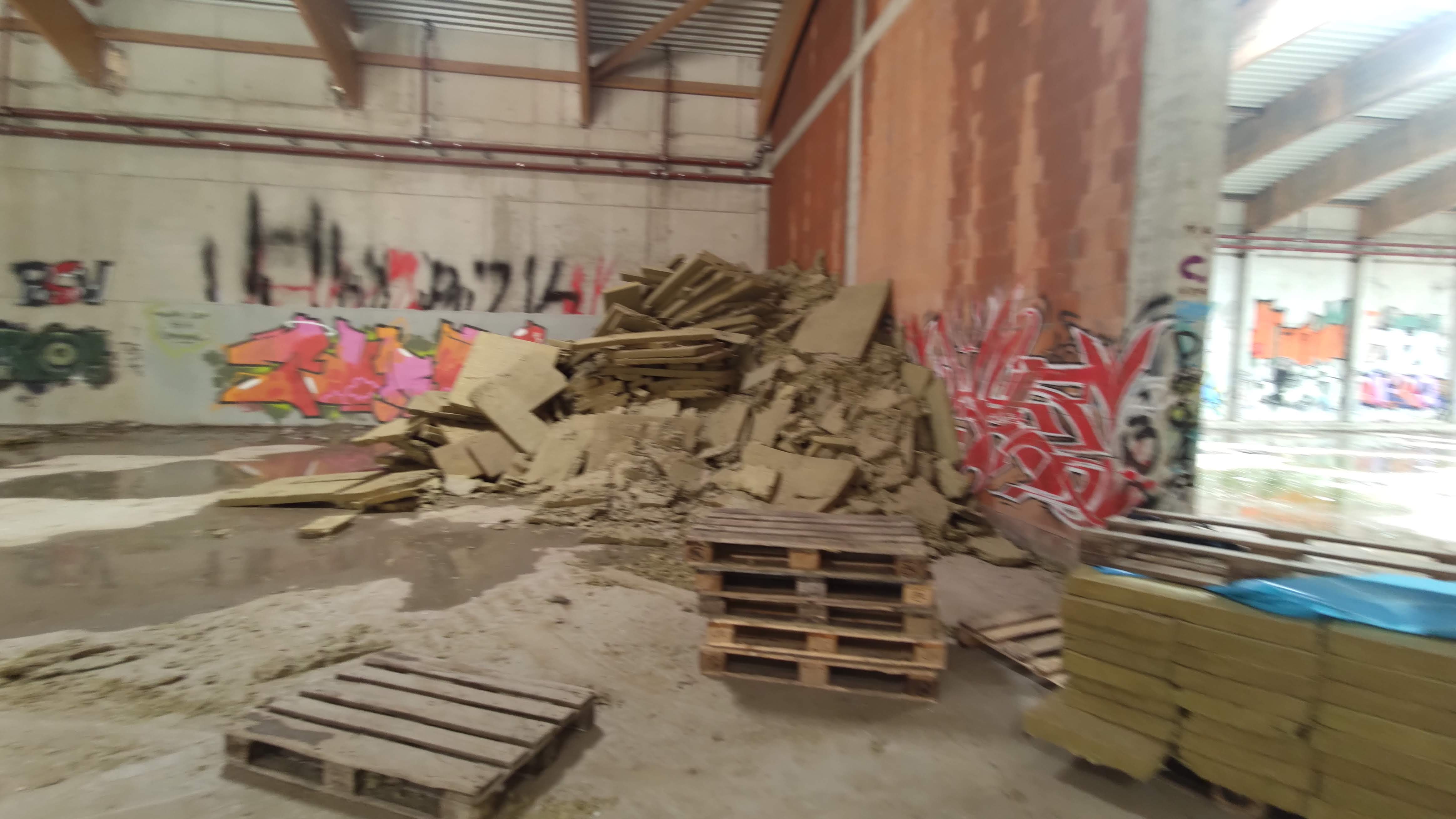
The "Saalegarten" – a new residential district "in a prime location" – is to be built here. The 34 million Euro remains of the sports paradise will be processed into gravel and used as a substructure for new buildings full of apartments.
That was the plan five years ago. So far, nothing has happened.
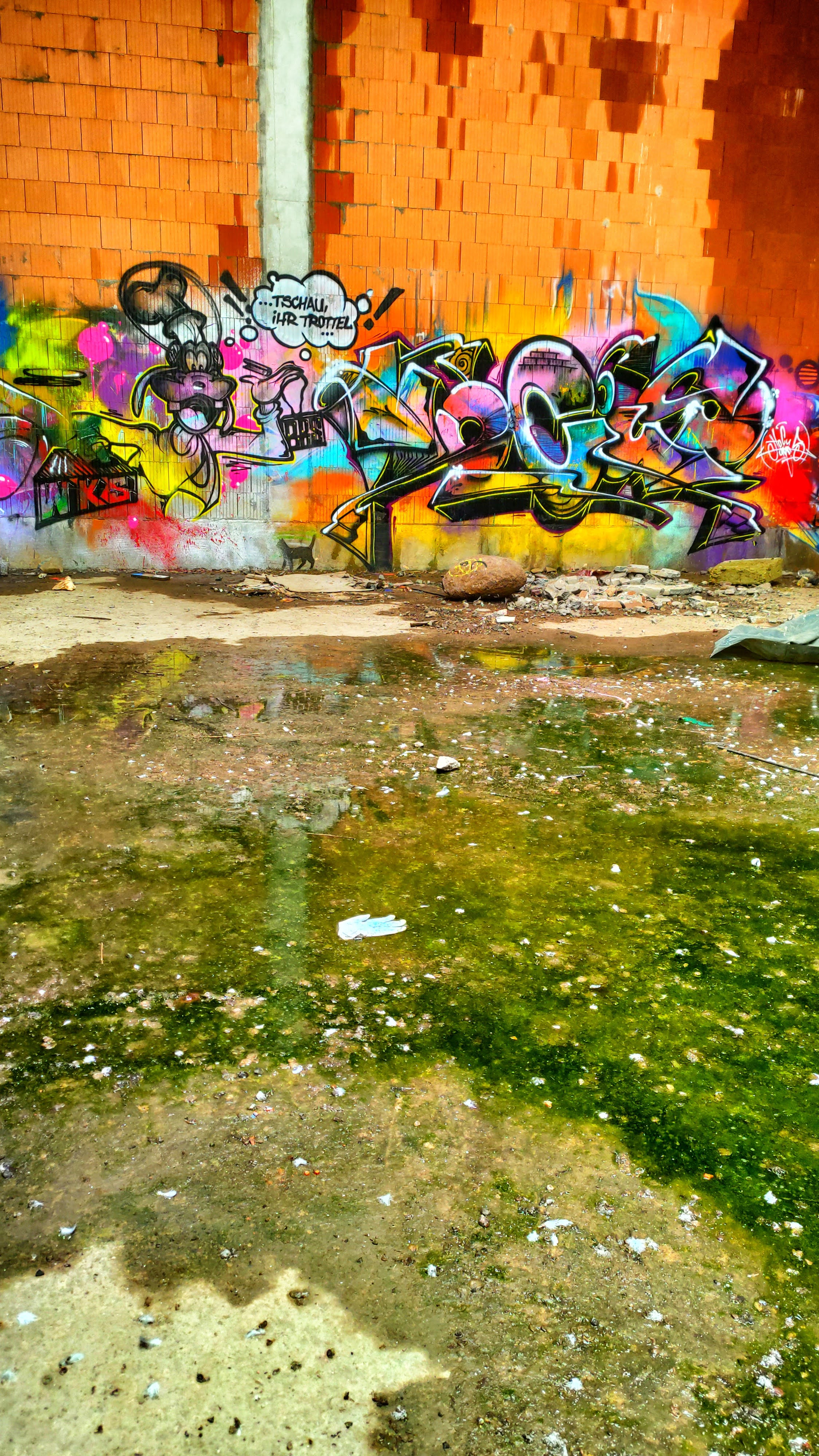
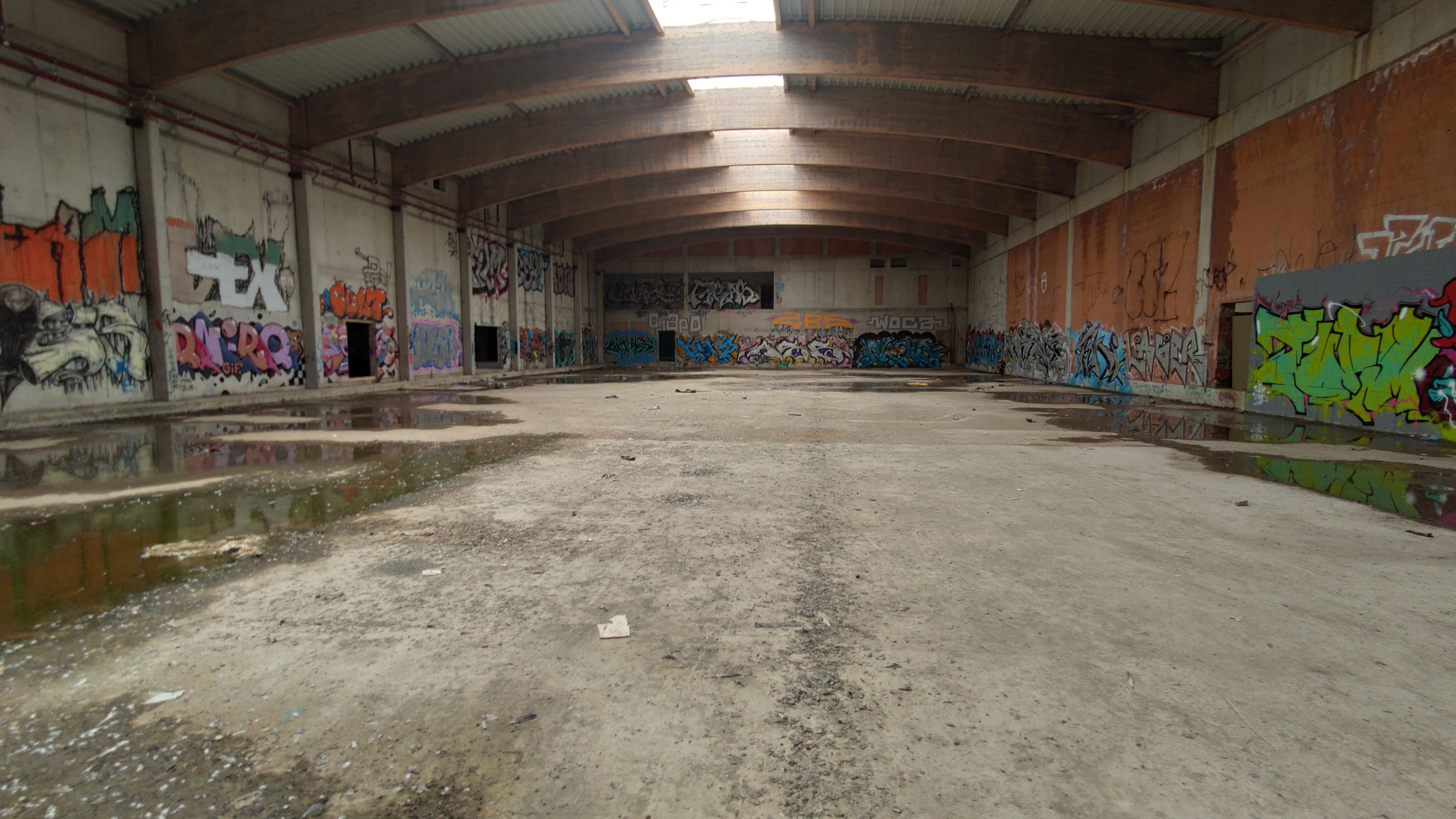
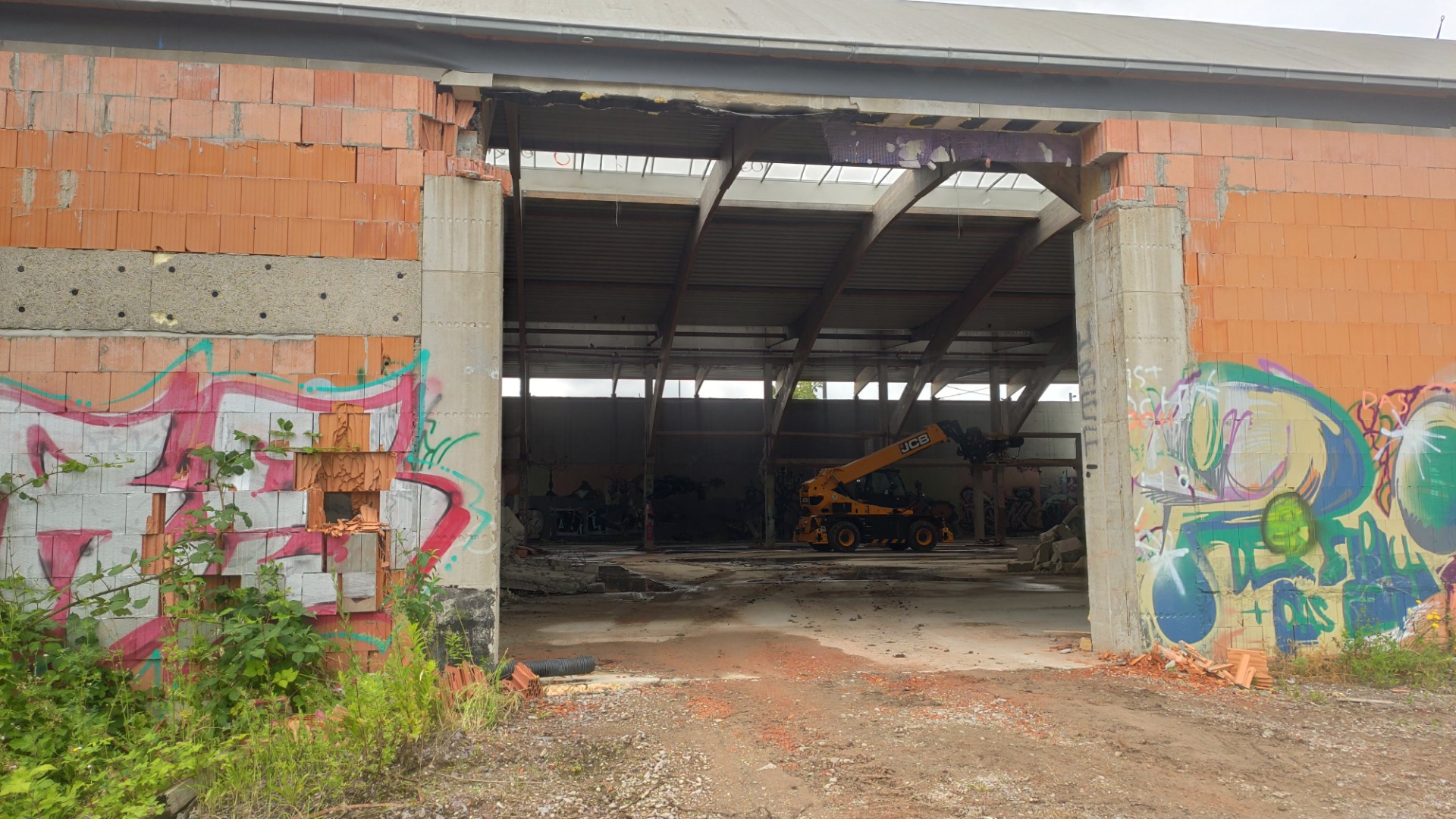
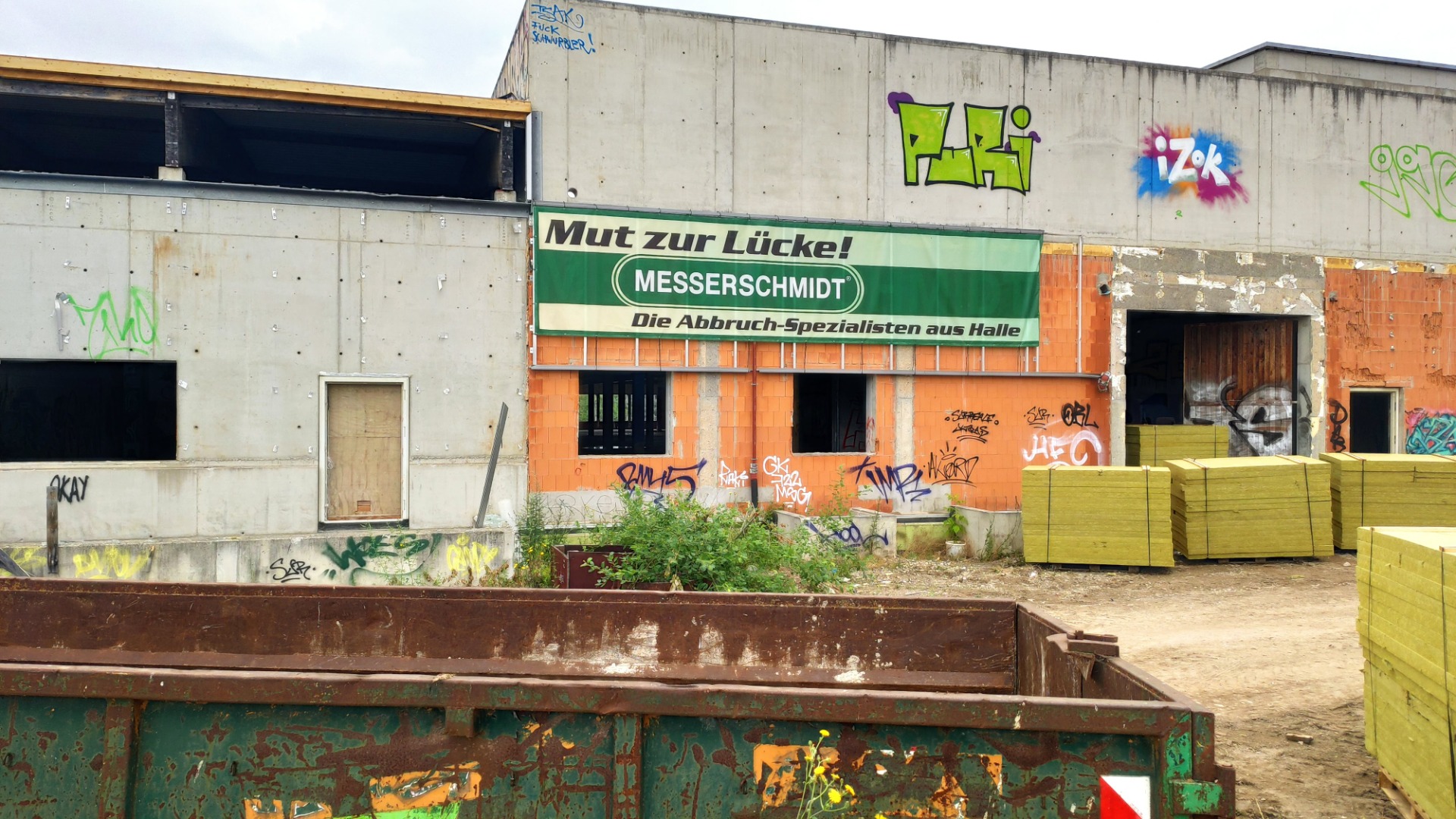
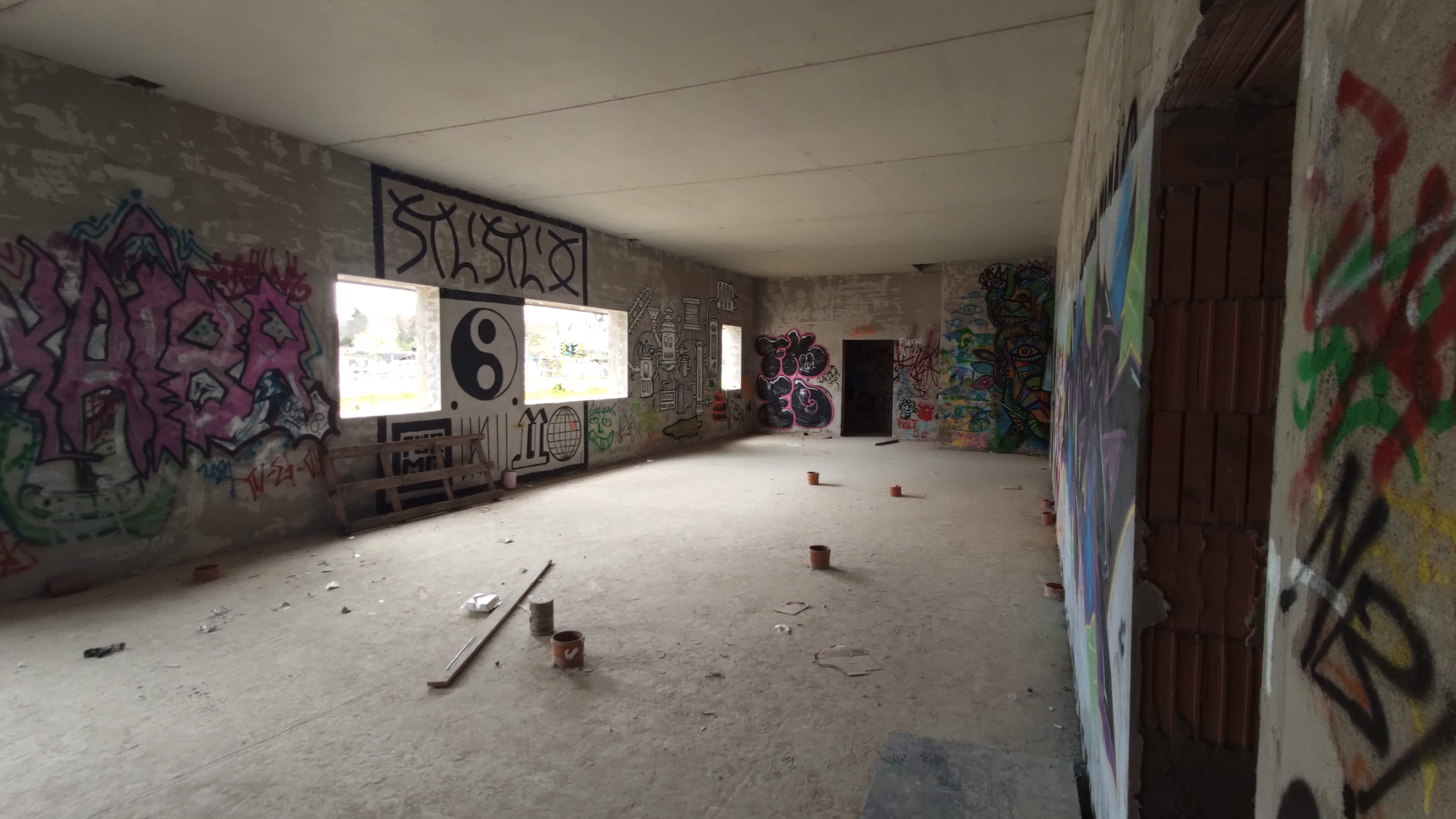
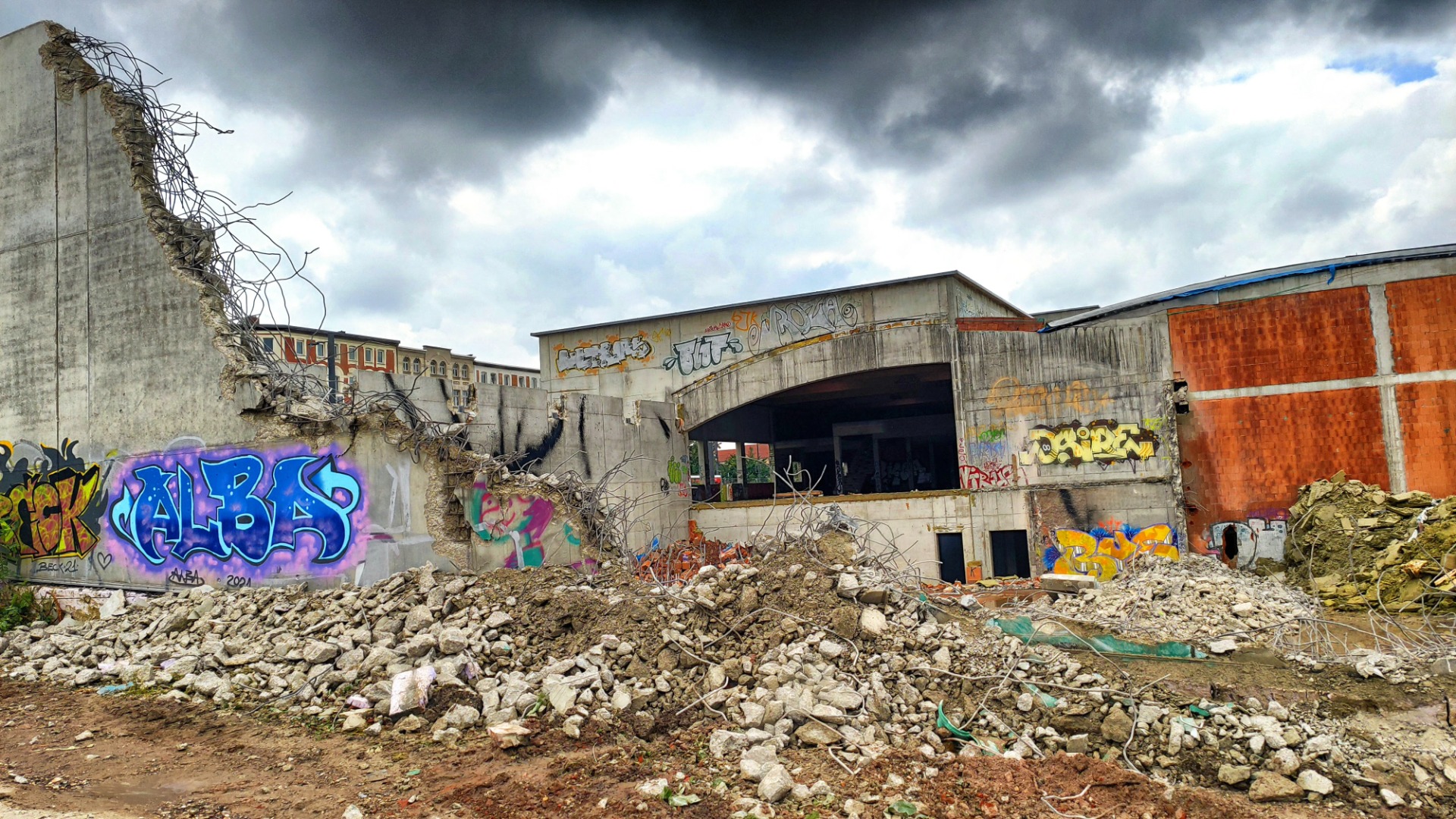
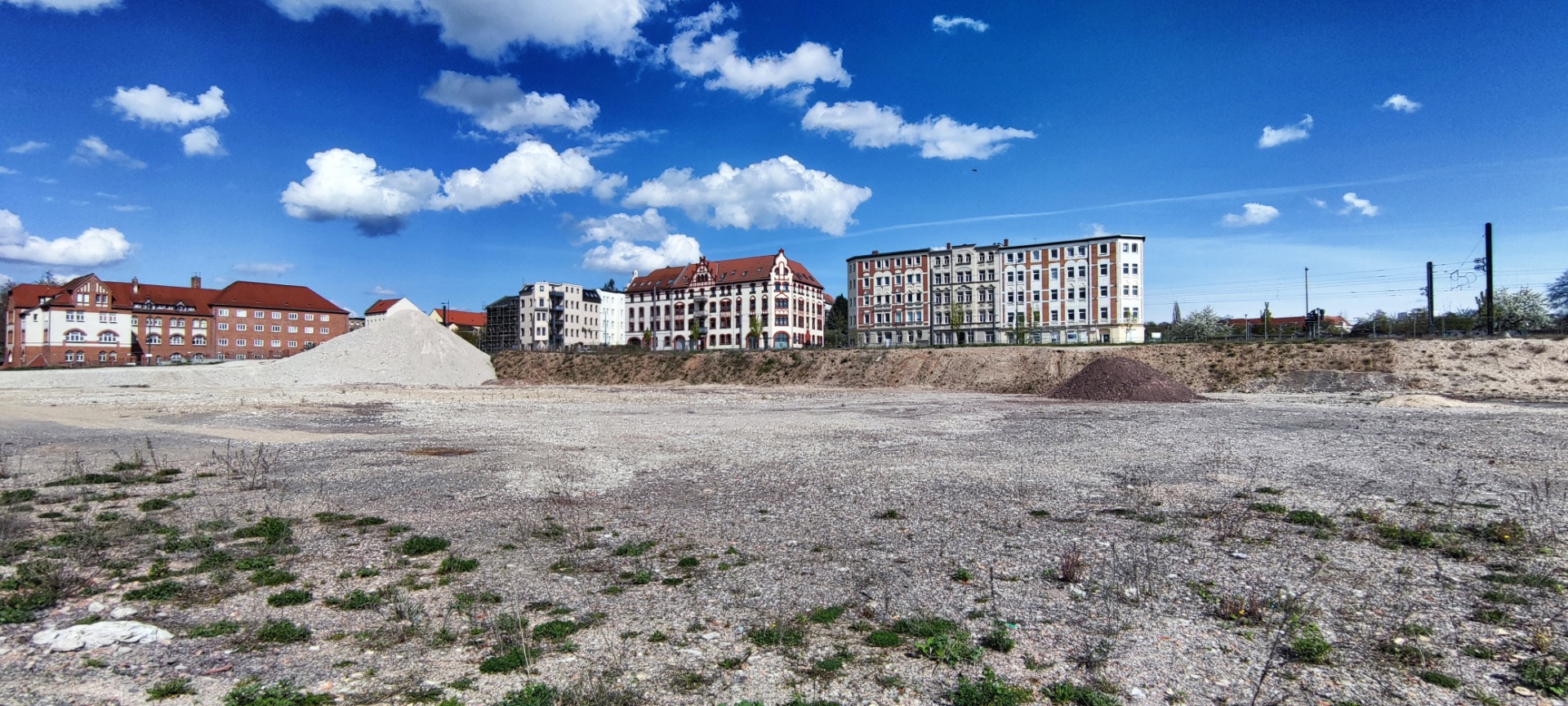
View this post on TravelFeed for the best experience.
